In the debate surrounding the future of Australia’s economy and what it will look like, the issue of the resources sector is often one of the most hotly debated elements.
At first glance, it’s easy to think that the economy can do without it, that we are little different from any number of other advanced economies around the world.
After all, look at the sprawling service economy metropolises our capital cities are becoming and the increasingly prohibitive cost of housing, both seen by some as signs of economic success.
Yet when one looks at what Australia exports, a very different picture emerges.
When assessing a breakdown of Australia’s goods exports, it swiftly becomes clear that the export base of the economy is more akin to that of one of the Gulf States, given its reliance on resources and agriculture.
Australia Goods Exports
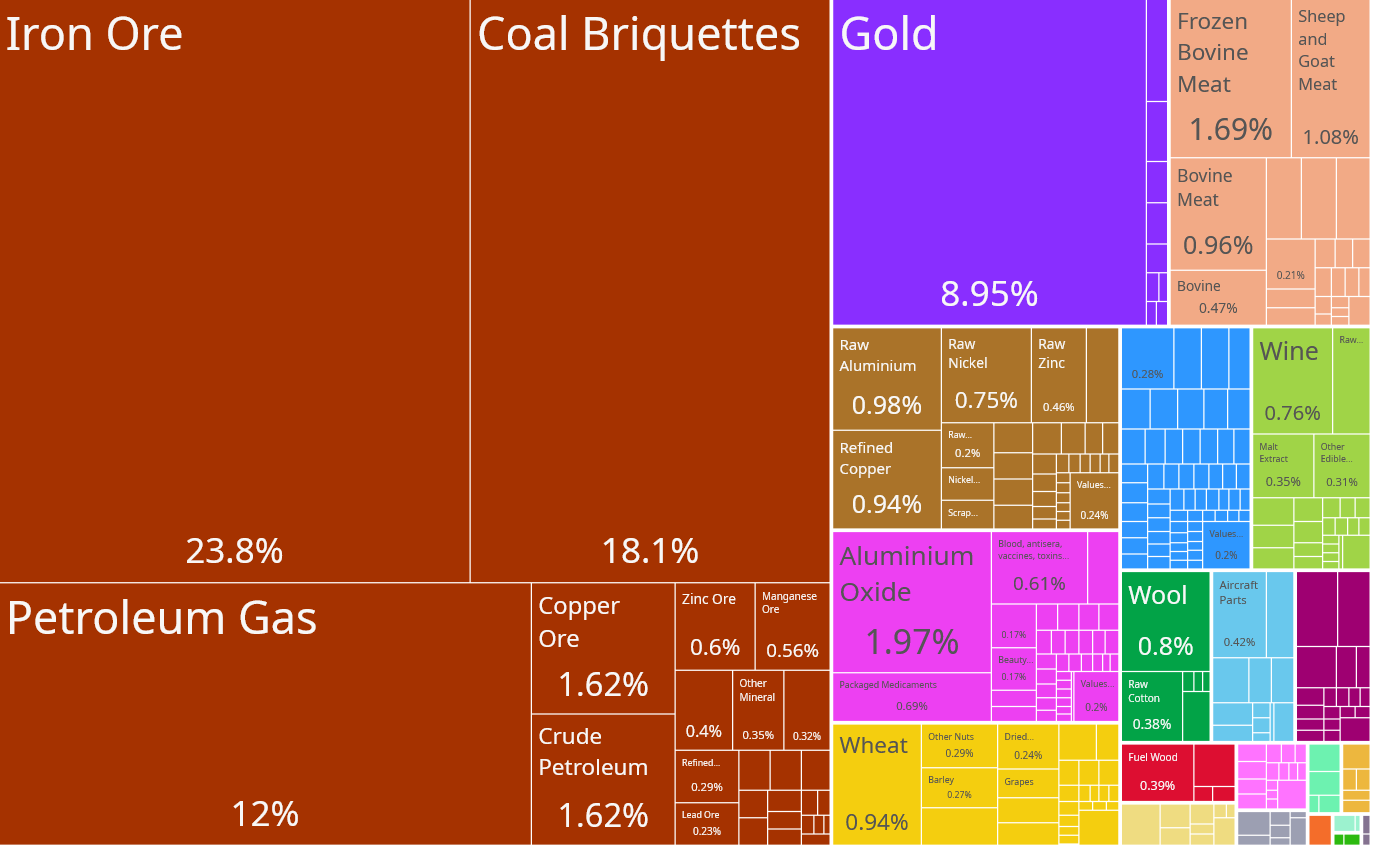
This is reflected in the Harvard University Economic Complexity Index, where Australia finds itself ranked 104th out of 145 assessed nations.
Our closest rivals in the latest data are Botswana and the Ivory Coast. The next country that could be considered developed on the list is Qatar, ranked 83rd.
In terms of nations that aren’t oil states, the next developed world nation is New Zealand, which comes in at 68th.
Meanwhile, the quintessential oil-exporting nation, Saudi Arabia, managed to work its way up from 94th in 2006 to as high as 35th in 2021.
Looking at a breakdown of Saudi Arabia’s export economy, it’s similar to Australia’s, but some subtle but important differences begin to emerge.
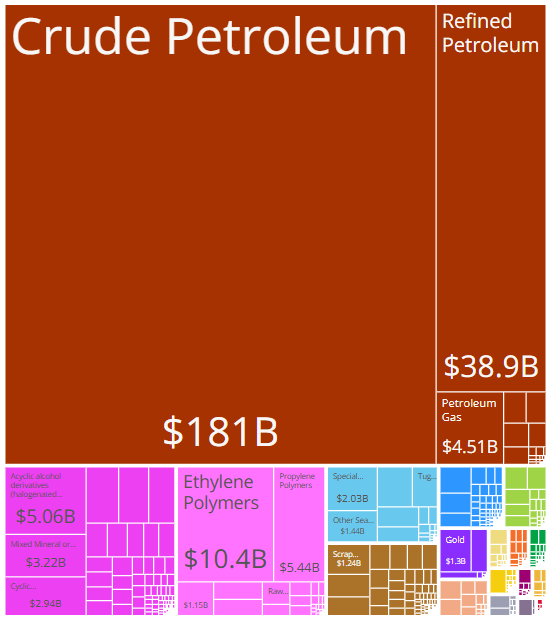
While much of the Saudi export economy is crude oil and gas, it also holds an increasingly notable amount of other forms of production.
Things like fertiliser, plastics, and various chemicals are all part of the puzzle, as are even more unexpected industries such as aerospace and shipbuilding.
Meanwhile, the state of quarterly Australian exports looks like this.
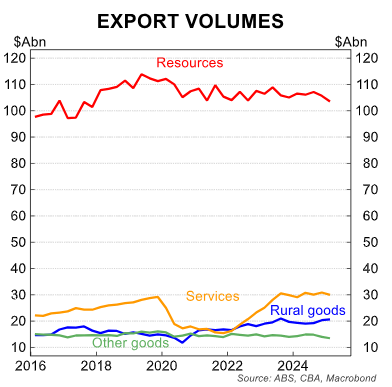
Services exports put in a decent performance, but as frequent readers may be aware, it encompasses education exports. But as the ABS noted in a 2024 paper, all international student expenditure while in Australia is counted as an export.
If one separates education exports from services exports more broadly, there is an absolutely massive divergence.
Annual services exports excluding education have risen by 28.3% in real terms since 2000. Far less than the growth in the broader economy seen over that same time period. Meanwhile, education exports have risen by 558.1%.
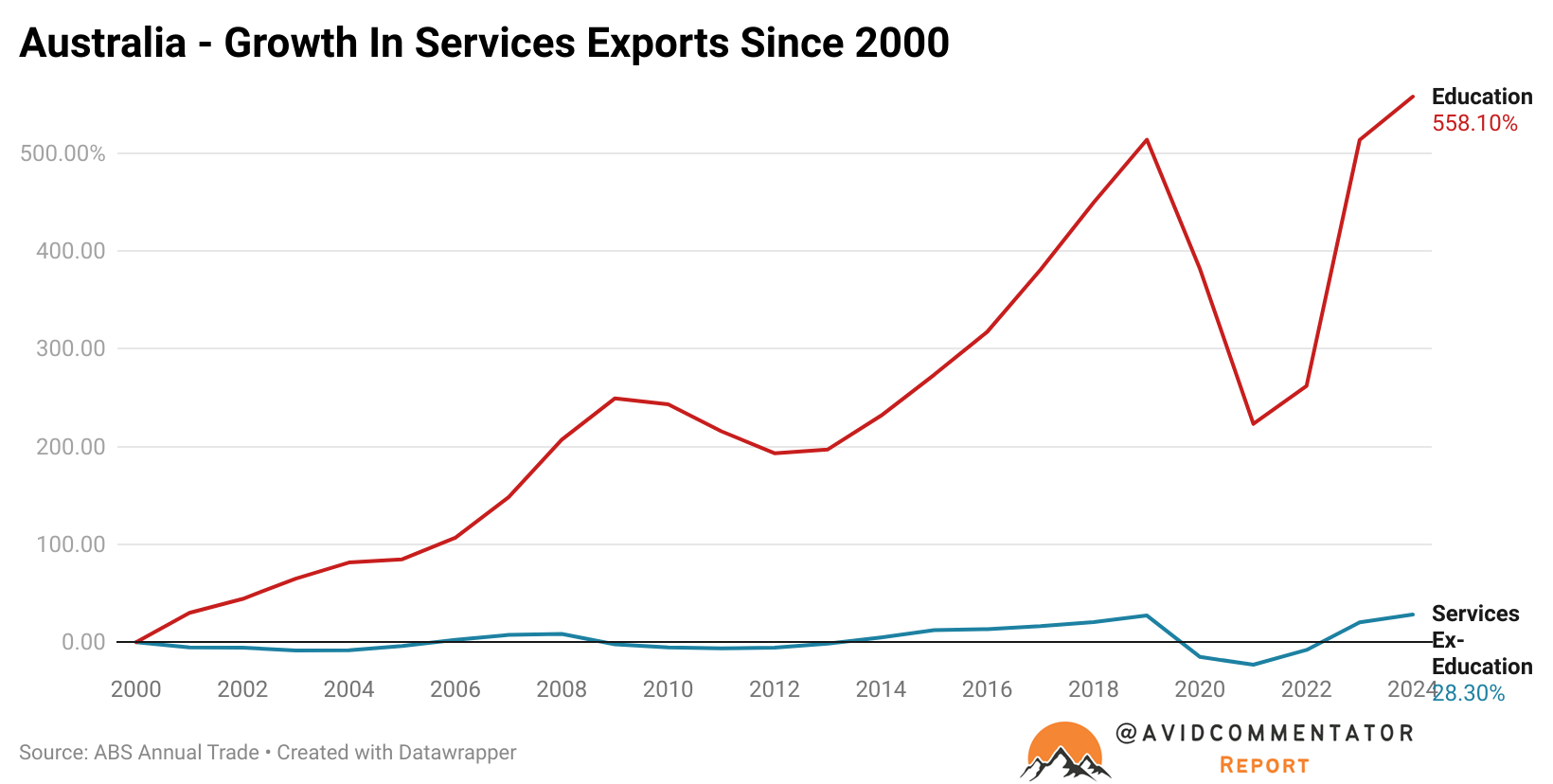
The exports of the services sector are often used as proof in narratives that Australia’s economy is more than a one-trick pony, but when one takes education exports as a separate standalone, it reveals an export economy that is at best a two-trick pony and one with significant domestic costs for infrastructure and services at that.
It would be nice to think that Australia had a vibrant and broad-based export economy, leaving the nation capable of weathering economic storms, as well as changes to various industrial economies, as climate change policies impact demand for commodities.
But the simple reality is that we don’t.
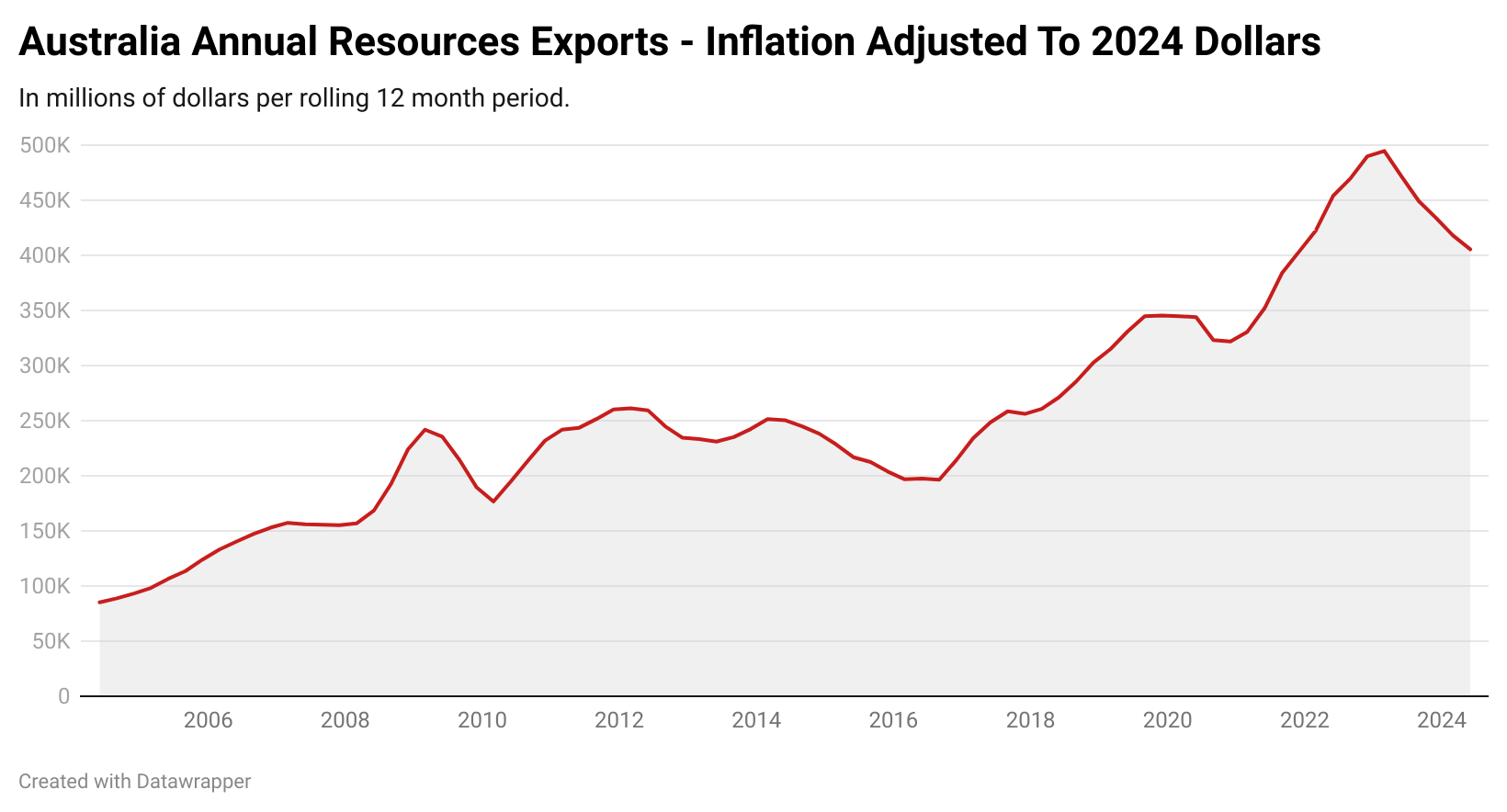
For better or worse, when it comes to the export economy, we are the Saudi Arabia of iron ore and coal.
When federal and state governments talk about the resources sector, they place an emphasis on jobs, but in reality, it’s not about that.
After all, the entire thermal coal sector nationally directly employs fewer people than KFC.
From a purely economic perspective, it comes down to two things: export revenue to support our currency and revenue for Treasury coffers.
It would be nice to think that Australia’s economy could happily sail through a global shift away from the current fossil fuel-driven economic growth model, but the unfortunate reality is we wouldn’t.

